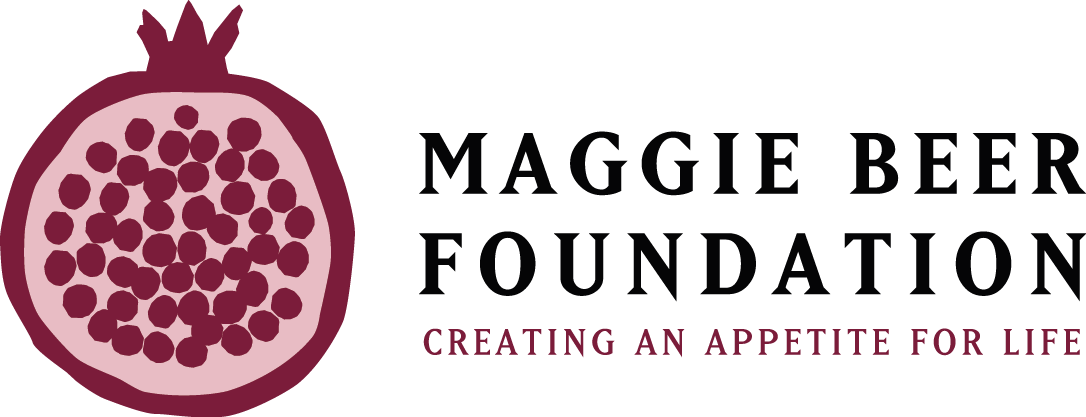Breads and Cereals
There are four main categories of breads and cereals: (1) bread in all its various forms including pita, naan, crispbreads; (2) breakfast cereals including oats; (2) grains such as rice, polenta, quinoa and semolina; and (4) other grain based products such as pasta, noodles, flour etc. All of these foods begin with a whole grain of some kind, whether that is a whole kernel of wheat or a whole grain of rice. In some cases we eat the whole grain (e.g. brown rice), in other cases the grain is more processed (e.g. white flour).
Whole grains contain three layers: bran, endosperm and the germ. The bran layer (often called the husk) contains B-vitamins and iron. B-vitamins support nerve and cell function including making red blood cells which (with the help of iron) transport oxygen around the body. The bran layer is pretty tough to digest which is why whole grain foods make us feel fuller for longer. The germ is a little nutrient rich nugget sandwiched between the bran and the endosperm, this contains healthy fats and B vitamins (e.g. wheatgerm oil comes from the germ of wheat). Lastly we have the endosperm which is the carbohydrate rich core that provides us with energy.
As the name suggests, wholegrain foods contain the whole grain, either completely intact or flattened into flakes (e.g. oats). Wholemeal foods contain whole grains that have been crushed to produce a finer texture, these usually have a distinctive brown colour. Refined grain and cereal products (e.g. white rice and flour) have the outer bran layer and germ removed and are made solely from the endosperm. You can clearly see the difference when you look at different types of bread. Wholegrain breads contain whole bits of grain, wholemeal bread (often called brown bread) has finely ground grains and white bread has had all the bran and germ removed.
Breads and cereals are rich in carbohydrates but so are fruits, vegetables (including legumes), nuts and seeds. Our digestive tract breaks these foods down into small sugar molecules (the primary source of energy in our diet) which are absorbed in the small intestine and fibre and starch, which pass through to the colon. The stuff that we don’t breakdown and absorb is fibre and starch.
There are two kinds of dietary fibre, soluble and insoluble. As the name suggests soluble fibres, such as oat bran and psyllium, dissolve in water to swell and form a gel. This slows down digestion which helps us to feel fuller, helps lower cholesterol and stabilises blood glucose levels.
Insoluble fibres are the indigestible part of plants and vegetables that add bulk to our stools. Foods that are high in insoluble fibre include wholegrain breads and cereals, wheat bran, nuts and seeds and the edible peel of fruit and vegetables.
Like fibre, resistant starch is a type of carbohydrate that we can’t digest so it travels to the colon where it becomes fermented. Small amounts of resistant starch are present in most grains and some legumes but most commonly it occurs when starchy foods such as pasta, rice and potatoes are cooked and then cooled. During the cooling process the starch molecules form crystals that become resistant to digestion (hence the name).
Each part of our digestive system is designed to break food and liquid down into small particles so we can absorb the nutrients they contain. This begins with chewing and then, once food enters the stomach, it is mixed with digestive juices and broken down even further.
Food exits the lower part of the stomach and enters the small intestine where all the nutrients are absorbed. As food passes along the small intestine it is broken down even further into tiny molecules which are absorbed into the blood stream and then sent to different parts of the body for use or storage.
By the time food reaches the large intestine, or colon, the majority of what is left is water and indigestible matter such as fibre. The term ‘gut flora’ is very trendy right now and this refers to the natural bacteria present in the colon. This bacteria thrives on fibre and they help to break down any remaining nutrients through fermentation. Fibre helps to keep our gut flora happy and healthy!
Fibre is also essential for maintaining bowel regularity. There are a number of reasons why constipation becomes more common for older adults. As we age our bodies lose muscle tone and elasticity, this means that digested food stuff takes longer to travel through the colon. Slower travel time allows more water to be absorbed back into our bodies and this can dry out the stools making them harder. Other factors that contribute are medications, dehydration and low fibre.
Both soluble and insoluble fibre can help with constipation. Soluble fibre absorbs water and swells keeping the stools softer and prevent them from drying out whereas insoluble fibre adds bulk which helps things move through at a faster rate. Choosing wholegrain or wholemeal breads and cereals, and eating fruits and vegetables with the skin on is an easy way to increase your intake of both soluble and insoluble fibre. And don’t forget to drink plenty of water!


